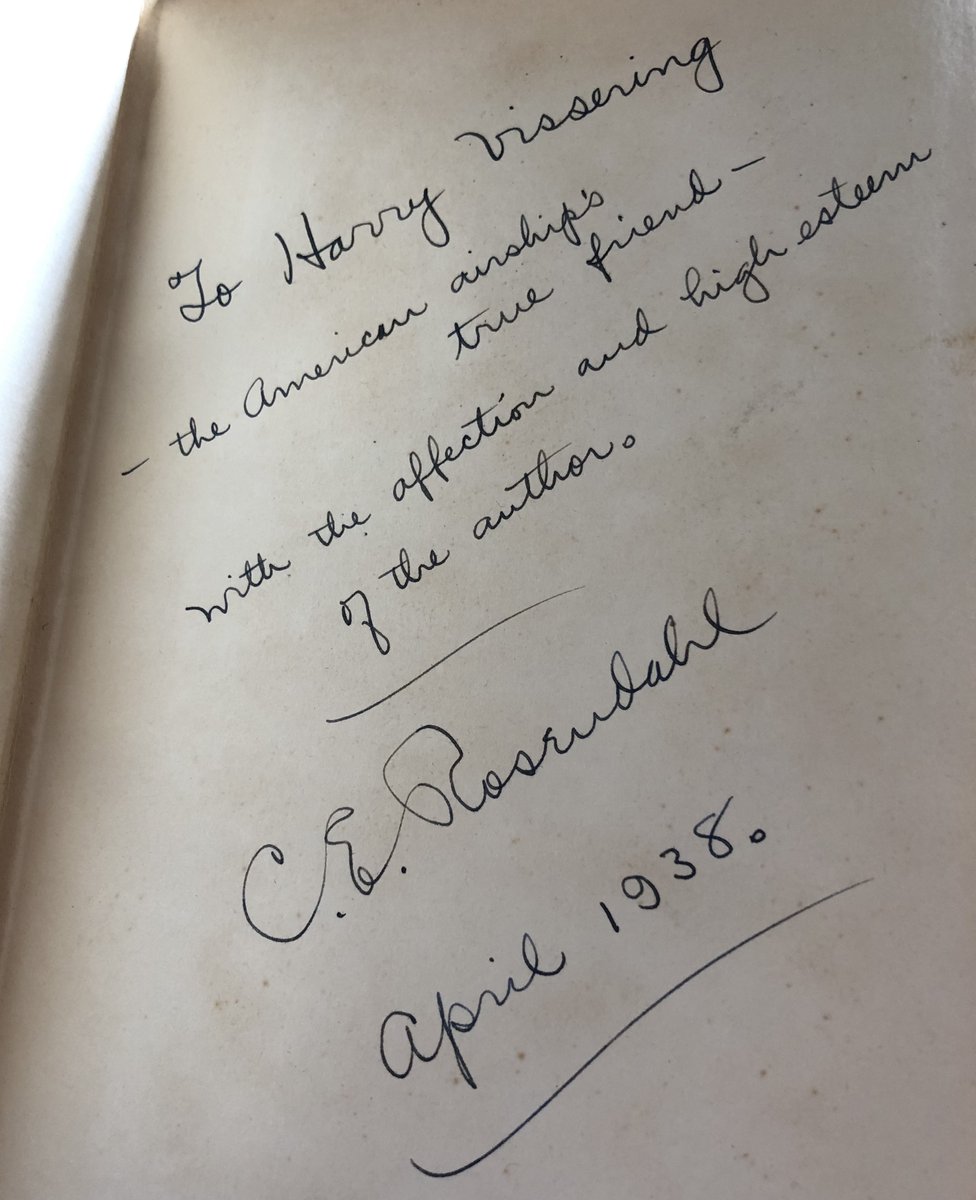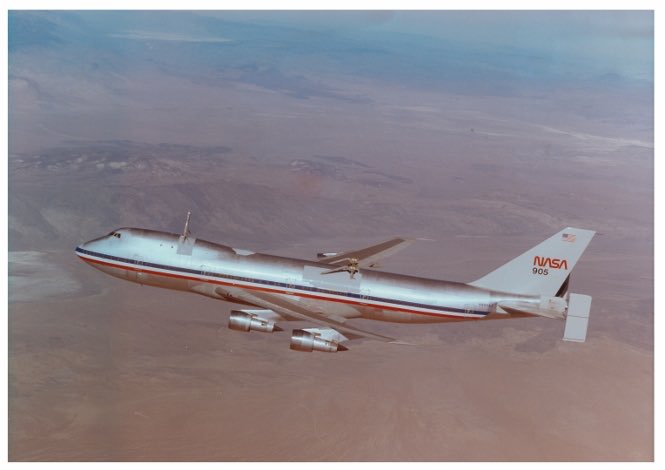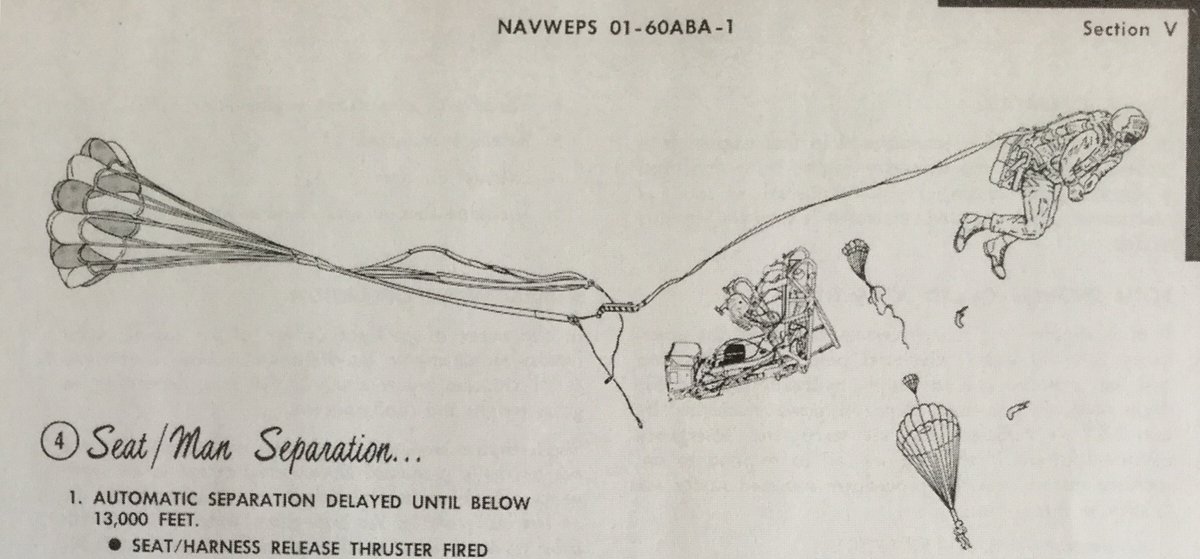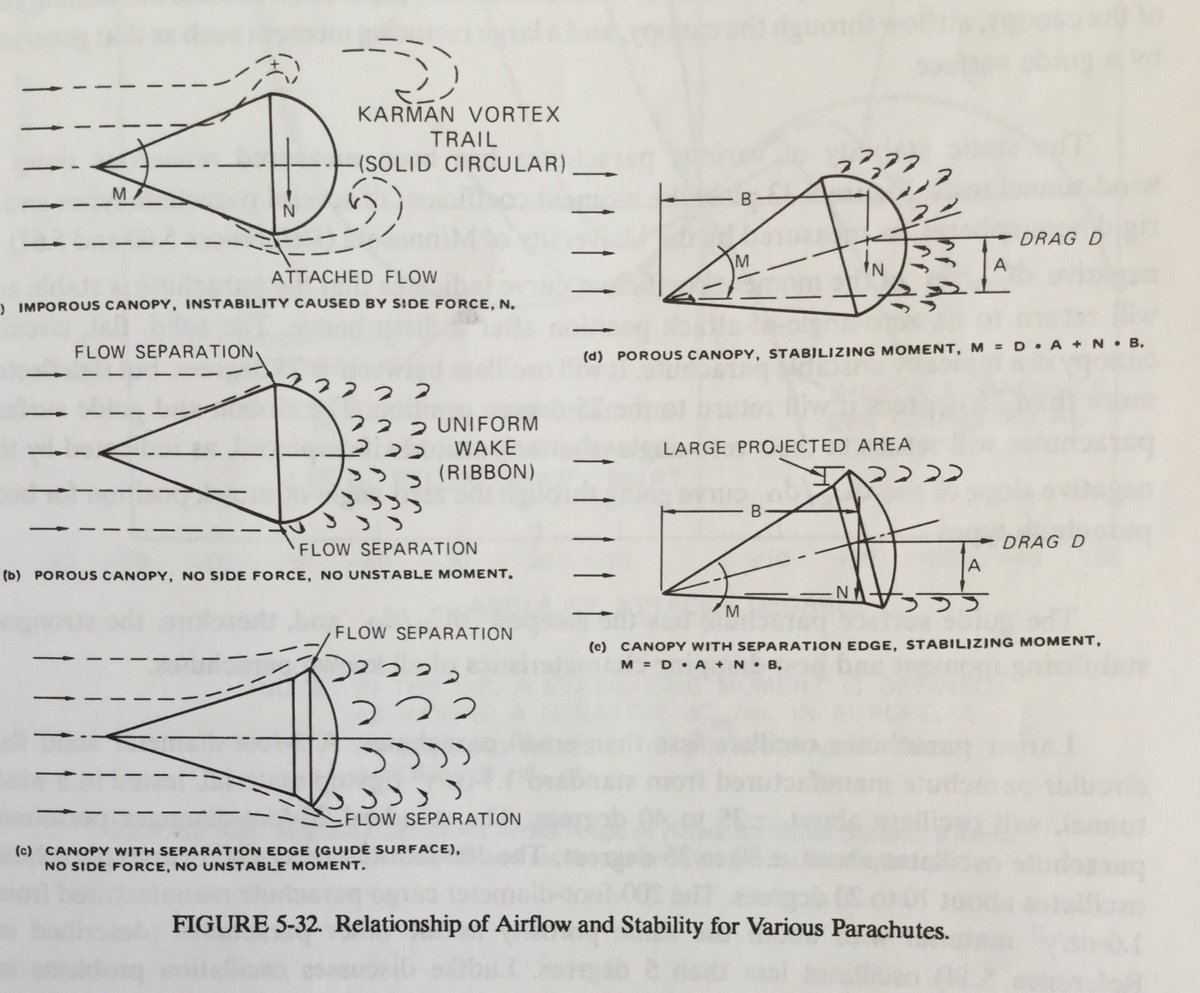Discover and read the best of Twitter Threads about #AviationHistory
Most recents (9)
#ufotwitter #ufohistory #aviationhistory
Today in Aviation History - First Jet Aircraft To Exceed 1,000 mph in Level Flight.
March 10, 1956 —
British pilot Peter Twiss reaches an official airspeed of 1,132 mph in a Fairey Delta 2 over Chichester, England.


Today in Aviation History - First Jet Aircraft To Exceed 1,000 mph in Level Flight.
March 10, 1956 —
British pilot Peter Twiss reaches an official airspeed of 1,132 mph in a Fairey Delta 2 over Chichester, England.



Source:
Newsweek (US Edition) 1956-03-26: Vol 47 Iss 13, Page 45;
"Getting the Record". Flight Magazine. Flight Global. 23 March 1956.
[Internet Archive only seemed to mirror the first page of this article]
web.archive.org/web/2012110217…
Newsweek (US Edition) 1956-03-26: Vol 47 Iss 13, Page 45;
"Getting the Record". Flight Magazine. Flight Global. 23 March 1956.
[Internet Archive only seemed to mirror the first page of this article]
web.archive.org/web/2012110217…

Wikipedia, “Peter Twiss”
en.wikipedia.org/wiki/Peter_Twi…
en.wikipedia.org/wiki/Peter_Twi…
#ufotwitter #ufohistory #aviationhistory #nerva
Today In Aviation/Nuclear Test History - Project NERVA / KIWI Test
January 12,1965 — Area 25, Nevada Test Site
1/10:58 a.m. The Kiwi Transient Nuclear Test is conducted at Area 25 of the Nevada Test Site as part of Project NERVA.



Today In Aviation/Nuclear Test History - Project NERVA / KIWI Test
January 12,1965 — Area 25, Nevada Test Site
1/10:58 a.m. The Kiwi Transient Nuclear Test is conducted at Area 25 of the Nevada Test Site as part of Project NERVA.




2/The nuclear rocket engine code-named Kiwi is allowed to overheat until it bursts, sending fuel hurtling skyward. Deadly radioactive fuel chunks as large as 148 pounds shoot up into the sky and last as far away as a quarter mile. A radioactive cloud rises up to 2,600 feet, then 



3/drifts out over Los Angeles, California, and out to sea. The AEC calls it a “safety test,” but the USSR says it violates the test ban. [Eberhart]
Sources:
Anne Jacobsen, Area 51, pp. 309–310;
Sources:
Anne Jacobsen, Area 51, pp. 309–310;
#ufotwitter #ufohistory #aviationhistory #sr71
Today In Aviation History - First flight of the SR-71 Blackbird
December 22, 1964 - Plant 42 in Palmdale, Ca
1/The first flight of an SR-71 Blackbird takes place at Air Force Plant 42 in Palmdale, California, piloted by

Today In Aviation History - First flight of the SR-71 Blackbird
December 22, 1964 - Plant 42 in Palmdale, Ca
1/The first flight of an SR-71 Blackbird takes place at Air Force Plant 42 in Palmdale, California, piloted by


2/Robert J. Gilliland. The SR-71 reaches a top speed of Mach 3.4 (~2,588 mph) during flight testing.
Source:
en.wikipedia.org/wiki/Lockheed_…
Source:
en.wikipedia.org/wiki/Lockheed_…
#ufotwitter #aviationhistory #aviation
November 1, 1978
The Air Force decides to produce an F-117A stealth fighter based on the mostly successful tests of Have Blue aircraft at Tonopah Test Range in Nevada. The contract goes to Lockheed’s Skunk Works.
November 1, 1978
The Air Force decides to produce an F-117A stealth fighter based on the mostly successful tests of Have Blue aircraft at Tonopah Test Range in Nevada. The contract goes to Lockheed’s Skunk Works.
"When you push against a system and it is an unjust system, you must prepare yourself mentally for the isolation and resistance that comes with that. Activism and whistleblowing looks sexy on TV, but it’s hard on your mind and wellbeing." --Dr. Monica Cox greeneracresvaluenetwork.wordpress.com/2022/04/27/dai…
The Rise and Fall of World's Fairs
smithsonianmag.com/history/the-ri…
#AmericanHistory, #WorldsFairs, #ChangingTimes
smithsonianmag.com/history/the-ri…
#AmericanHistory, #WorldsFairs, #ChangingTimes
Life expectancy in Africa – Landgeist
landgeist.com/2022/04/25/lif…
#DataVisualization, #LifeExpectancy, #AfricanCountries, #GraphicRepresentation
landgeist.com/2022/04/25/lif…
#DataVisualization, #LifeExpectancy, #AfricanCountries, #GraphicRepresentation
🧵: Have you heard the story of Charles “Bub” (or “Bud”) Cowart, the sailor who in May 1932 spent almost two hours dangling from a rope beneath the airship USS Akron before he was finally rescued? #AviationHistory 

2/ It’s a wild story I discovered while researching my family’s history with airships. My great-great grandfather was director of the Goodyear-Zeppelin Corporation — here he is with the father of naval aviation, Admiral Moffett, who would die in the crash of the Akron in 1933. 

3/ C.E. Rosendahl was in command of the Akron during the Cowart incident and recounts the story in his 1938 book “What About the Airship?” — which even then was “advocating a lost cause,” as the NY Times put it in a charitable review: timesmachine.nytimes.com/timesmachine/1… 

Daily Bookmarks to GAVNet 12/27/2021 greeneracresvaluenetwork.wordpress.com/2021/12/27/dai…
Pluto's strange ice patterns explained by new theory
nature.com/articles/d4158…
#pluto, #NitrogenIce, #IcePatterns, #ScientificTheory, #NASANewHorizons, #podcast
nature.com/articles/d4158…
#pluto, #NitrogenIce, #IcePatterns, #ScientificTheory, #NASANewHorizons, #podcast
To Understand Our Future on Earth, Look to the Laws That Govern Nature
nytimes.com/2021/12/09/boo…
#NaturalHistory, #ecology, #ClimateChange, #consequences, #BookReview
nytimes.com/2021/12/09/boo…
#NaturalHistory, #ecology, #ClimateChange, #consequences, #BookReview
On 7/18/74, @NASA bought a @Boeing 747-123 from @AmericanAir for ~$15.6 million. According to NASA, “At the time of purchase, the aircraft had logged about 9,000 flight hours.”
It’s pictured here shortly after conversion in this #NASA photo. #OnThisDay
It’s pictured here shortly after conversion in this #NASA photo. #OnThisDay

The red, white, & blue paint stripes from the @AmericanAir livery was even left in place. The NASA Worm logo was added on the tail. More historical pictures can be seen here:
nasa.gov/content/sca-hi…
#TheWormisBack
nasa.gov/content/sca-hi…
#TheWormisBack
Designed & tested at McCook field in 1948 by Heinrich and Gross: the highly-stable ribless guide-surface parachute. This chute was mass-produced mostly as stabilization chutes; but there was a version aimed at landing personnel as well. 1/5. @McCookField @AFmuseum @AFResearchLab 



This design was deemed “stable”, I.e., less prone to swinging like a pendulum during descent or while decelerating payload. Per frame “e” below, it generates a stronger restoring moment whenever tilted. Figure from T. Knacke’s “Parachute recovery systems design manual”. 2/5. 

Guide-surface chutes are still used today as ejection seat drogues. They are based on a gore pattern that is easier to sew together. Top right photo from Kididis’ “Art of Drag“. Harrier jet e-seat drogue pics by @LaboPotvin . 3/5 








